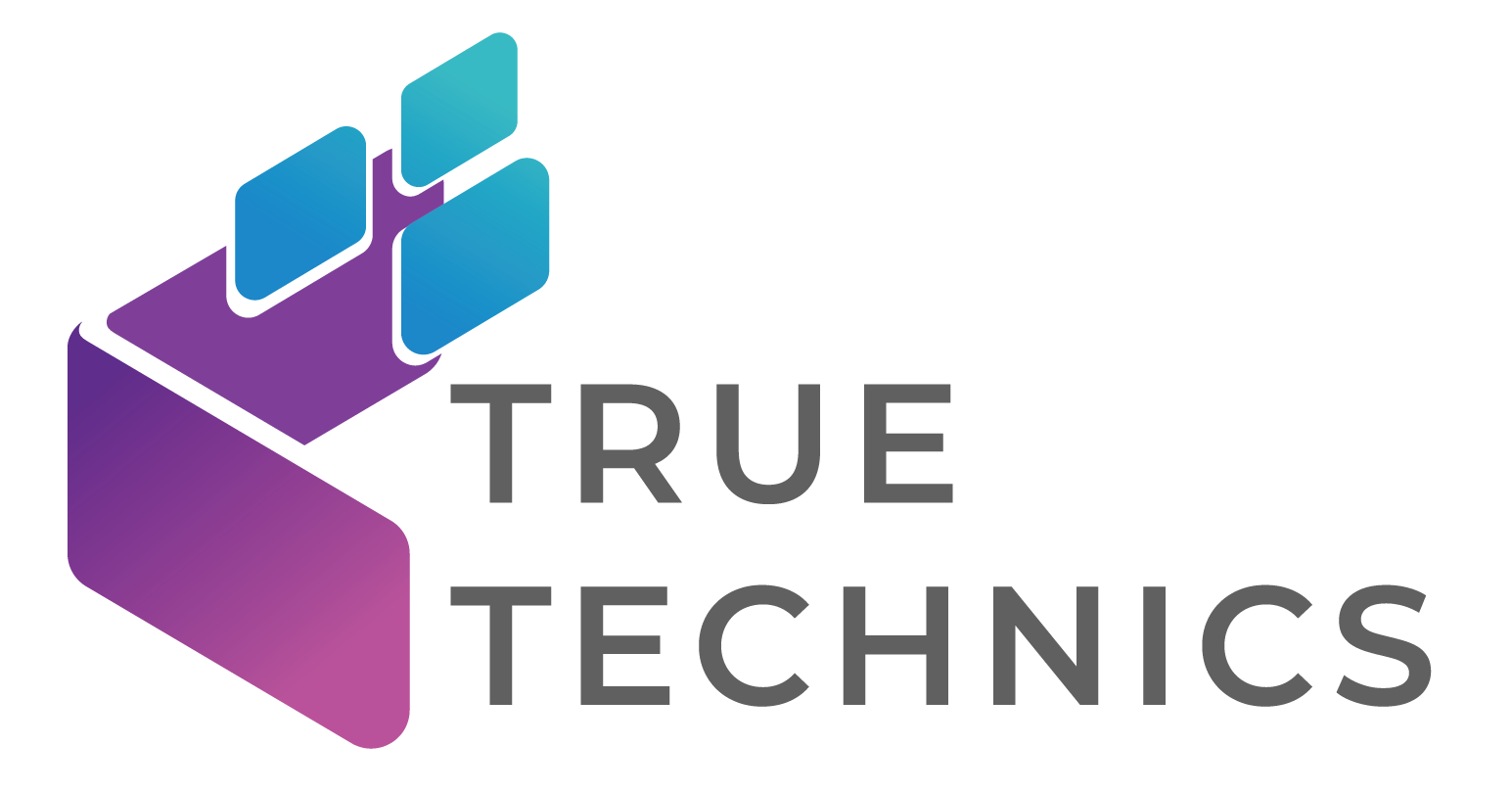The delete button gives a false sense of control. One click, one drag to the trash, and the file appears to vanish. In reality, the system has only removed the shortcut to your data. The file itself lingers in the background, taking up space until something else overwrites it.
Until that moment, anyone with the right tools can bring it back. It’s less like erasing and more like covering a wall with fresh paint. The cracks are still there underneath.
The Illusion of Digital Cleanliness
Emptying the recycle bin is a ritual that makes people feel secure. The icon changes, the files seem to be gone, and there’s an immediate sense of closure. Unfortunately, the closure is only emotional. Data stays on the device until the storage space is replaced with something new.
For businesses, this means sensitive records like client details or financial reports can live on far past their intended lifespan. For individuals, it can be personal information, old passwords, or even scanned IDs. These files are ghosts of your digital life, easy to summon by someone who knows how.
What Happens to Old Devices
Retired devices are rarely blank slates. Hard drives, SSDs, USB sticks, and even printers retain data in ways that aren’t obvious. That old office laptop sitting in storage? It probably still holds years of emails and documents. The printer you sent to recycling?
It may still have copies of every scanned contract in its memory. That’s why sending these devices away without proper destruction is like mailing your filing cabinet to a stranger. The only safe solution is to securely dispose your documents and media through a certified destruction process that leaves nothing behind.
Why Professional Destruction Works
Professional destruction goes beyond deletion. For paper, it means cross-cut shredding or pulverizing until the material is unreadable. For hard drives and media, it can involve shredding the components, degaussing magnetic strips, or using certified wiping procedures that overwrite every byte of data multiple times. The result is final.
No scavenger, no opportunistic buyer, no future data recovery service can bring it back. The goal is simple: complete, irreversible removal of the information.
The Forgotten Files That Keep Coming Back
The problem isn’t just the files you know exist. It’s the ones you forgot about. Old project folders, archived emails, and draft proposals that never left the planning stage stay tucked away in hidden corners of your drive. Even after deletion, fragments remain.
It’s a breadcrumb trail no one meant to leave behind. Professional destruction doesn’t just focus on the obvious files. It wipes every corner clean so there are no forgotten leftovers waiting to be recovered, following guidelines like the NIST Special Publication 800‑88 on Media Sanitization.
The Risks of Overconfidence in Cloud Backups
Many people assume their cloud backups replace the need for secure disposal. But cloud storage doesn’t erase the problem, it multiplies it.
Each synced device holds its own copy, and the cloud keeps multiple versions of files you thought were deleted. When an old laptop or hard drive is retired without proper destruction, it still contains synchronized data. Without secure disposal, a single discarded device could unlock years of supposedly archived, inaccessible material.
Digital Security Is Physical Security
Cybersecurity tends to focus on protecting active systems, but the real vulnerability begins when devices and documents leave daily use. The moment you discard a drive, recycle an old laptop, or toss a stack of files, you open the door for sensitive data to slip out of your control.
Secure destruction closes that door for good. By removing the possibility of recovery, it eliminates the lingering risk. Deleting a file isn’t enough. Making it truly disappear means ensuring there’s nothing left for anyone to find.


